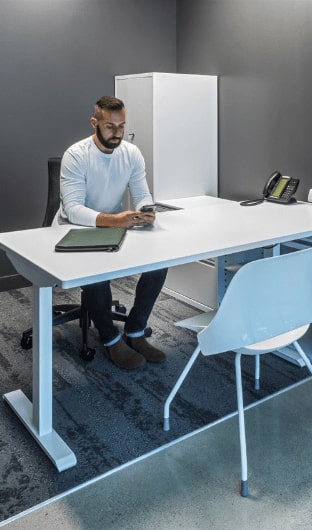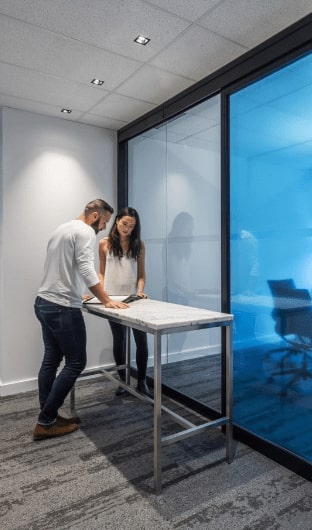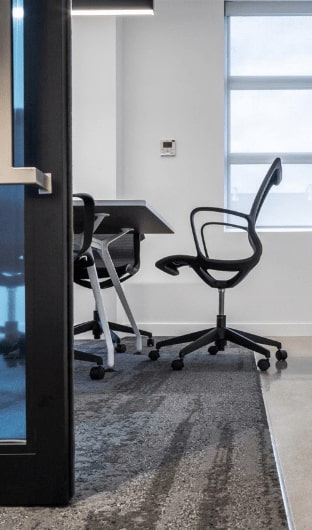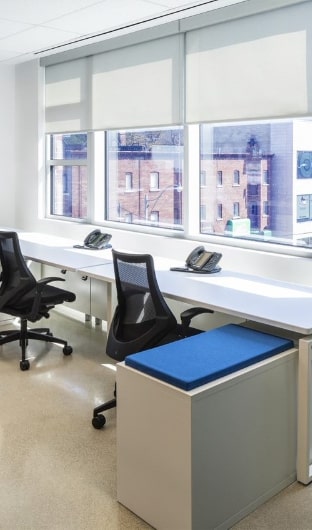
Furniture Trends That Inspire Learning: Balancing Aesthetics And Functionality
When it comes to the design of educational spaces, the environment in which learning takes place can significantly impact the effectiveness of the educational experience. Increasingly, educators, designers, and architects recognize the critical role that education furniture plays in creating conducive learning environments. This article explores contemporary furniture trends that not only enhance aesthetic appeal but also actively foster an atmosphere conducive to learning.
Ergonomics
One of the most significant trends in educational furniture is the emphasis on ergonomics and flexibility. Ergonomic furniture is designed to accommodate the physical needs of students, promoting comfort and preventing strain or injury over long periods of sitting. Adjustable chairs and desks that cater to various body sizes and shapes are becoming standard. This adaptability ensures that every student, regardless of their physical stature, can find a comfortable learning position. There are numerous studies that indicate how ergonomic furniture positively impacts students’ learning.
Flexibility
Flexibility is another critical aspect, reflecting the dynamic nature of modern educational environments. Furniture that can be easily reconfigured to suit different teaching methods and learning activities is increasingly trendy. Modular desks and chairs, lightweight tables, and mobile storage units can be quickly and easily moved, transformed, or tucked away to allow for changes in classroom layout. This flexibility supports a range of pedagogical approaches, from traditional lectures to group projects and individual study.
Collaborative Spaces
The shift towards collaborative learning has also influenced furniture design in educational settings. Traditional classrooms with rows of desks facing the teacher are giving way to setups that encourage interaction among students. Round tables, soft seating areas, and configurable workstations promote a more inclusive and engaging learning environment. These furniture arrangements make it easier for students to work in teams and participate in discussions, which is essential for developing critical thinking and communication skills.
In addition to facilitating collaboration, the design and arrangement of furniture can also influence classroom culture. By choosing pieces that create a welcoming and comfortable atmosphere, educators can make the classroom feel more like a community. This sense of belonging can significantly enhance student engagement and motivation.
Technology Integration
In today’s digital age, integrating technology with classroom furniture is another trend that supports effective learning. Desks and tables equipped with built-in power outlets and USB charging ports ensure that students can easily use laptops, tablets, and other electronic devices without the inconvenience of limited battery life or tangled cords. Some furniture pieces even incorporate interactive surfaces, such as touchscreen tabletops, which can be used for digital collaboration and presentation.
Furthermore, tech-friendly furniture can be strategically placed to improve sightlines and acoustics for digital presentations, thereby enhancing the overall learning experience for differently-abled students. Ensuring that all students have an unobstructed view of digital displays and can hear audio clearly minimizes distractions and improves information retention.
Sustainable Furniture
Sustainability is a growing concern in all sectors, including education. Furniture made from recycled materials or sourced sustainably is becoming more prevalent. These choices reflect a commitment to environmental stewardship and can also influence the values taught within educational institutions.
Inclusive Design
Inclusive design in educational settings ensures that furniture is usable by students of all abilities, including those with disabilities. Features like wheelchair-accessible desks and seating that supports sensory needs are important considerations that reflect an inclusive approach to educational furniture and contribute to an overall better learning environment for all as individuals feel valued.
Aesthetic Considerations
While functionality is paramount, the aesthetic appeal of furniture also plays a vital role in creating an inviting learning environment. Bright colours, interesting textures, and unique designs can stimulate creativity and make the classroom an enjoyable place for the students. The visual appeal of furniture can also reflect the identity and values of the educational institution, making it an integral part of the school’s brand.
The intersection of design and education offers exciting opportunities to enhance learning through innovative furniture solutions. By prioritizing ergonomics, flexibility, collaboration, and a multitude of factors, educators and designers can create environments that are not only functional but also inspiring. As educational paradigms continue to evolve, so too will the furniture that supports them, playing a crucial role in shaping the future of learning. Connect with Harkel Office – a leading education furniture dealer in Ontario to create an inspiring learning environment.





